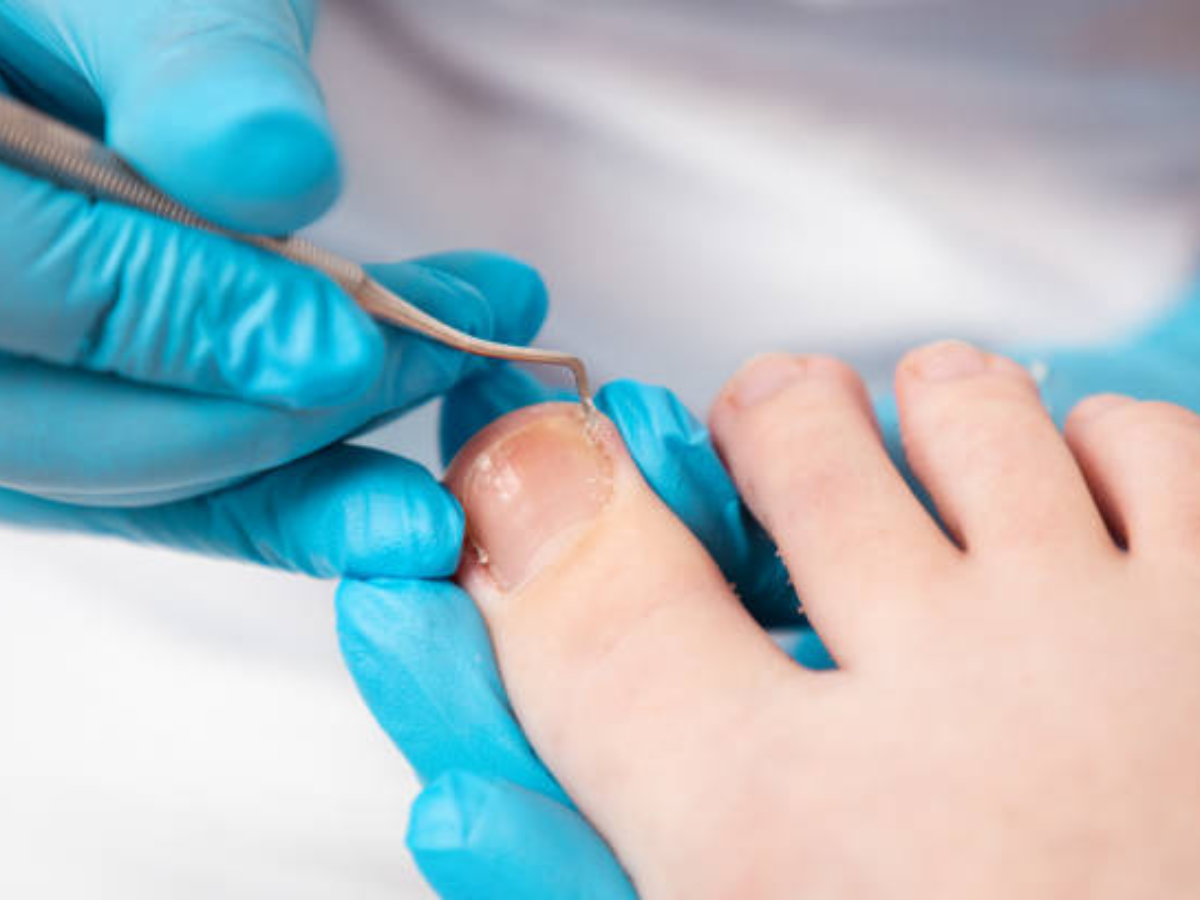Step Up to Comfort: How Bunion Surgery Can Help You Walk Confidently Again
Let’s take a moment to talk about something that’s all too familiar for many of us: bunions. You know, those pesky bumps that form on the side of your big toe and seem to make wearing shoes a daily battle? If you’ve been tiptoeing around the subject of bunions, it’s time to shed some light on what they are and how we can help you take the next step towards relief.
Mary, a vibrant 65-year-old who loves gardening and taking long walks, started noticing a sharp pain in her foot. At first, she shrugged it off, thinking it was just part of getting older. But as the months went by, the pain worsened, and she noticed a bony bump forming on the side of her big toe. She’d had a small prominence here for a few years but it had never really bothered her before. Eventually, she found herself avoiding her beloved walks and spending more time sitting down. And when she did walk, she felt unsteady, almost like she could lose her balance at any moment.
After a bit of research, Mary discovered her pain was due to a bunion. Like many of us, she tried non-surgical options first—wider and deeper shoes, protective padding, and even a few over-the-counter pain relievers. While these provided temporary comfort, they didn’t solve the problem. The bump continued to grow, and Mary’s fear of falling increased.
Here’s the thing: bunions can become more than just a cosmetic issue or a source of discomfort. As they worsen, they can change the way you walk and increase your risk of falls, especially as we age. This is where surgical correction comes into play. For Mary, choosing bunion surgery meant more than just addressing the bump on the side of her foot; it was about reclaiming her mobility and independence. The procedure relieved her pain, corrected her toe’s alignment, and allowed her to get back to her active lifestyle without the constant worry of tripping or falling.
Bunion surgery isn’t a one-size-fits-all solution but for many, it can significantly improve quality of life. Our podiatric surgeons, Michael and Julie Taranto, are experts in assessing whether surgery is the right choice for you. They’re here to help you understand your options, whether it’s opting for a non-surgical approach or deciding that surgery is the best path forward.
So, if you or a loved one are dealing with bunions and the pain and balance issues that often come with them, don’t let it sideline you any longer. Take the first step towards comfort and confidence by scheduling an appointment with Michael or Juile Taranto today. We’re here to help you walk with ease again! Surgery is not without its risks, but it’s worth getting all the information so you can make an informed decision.
We pride ourselves on being able to provide availability for our patients, with same-day appointments usually available.



